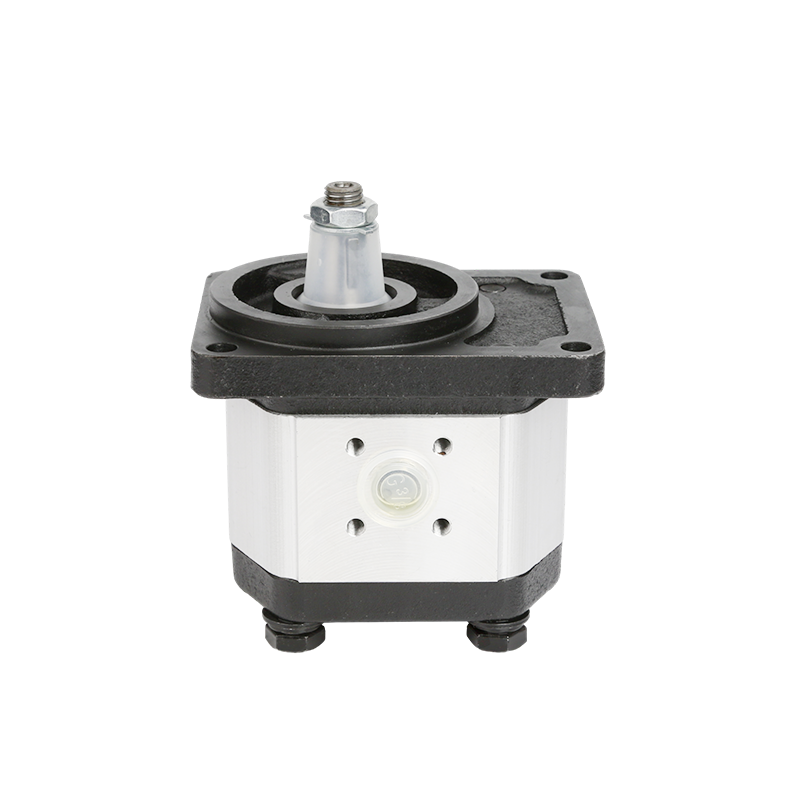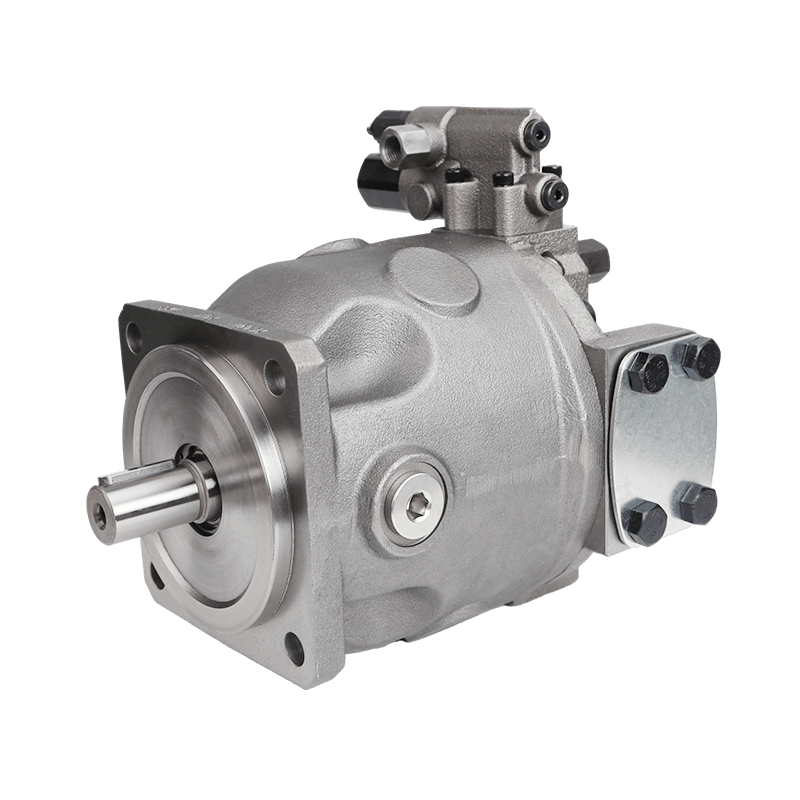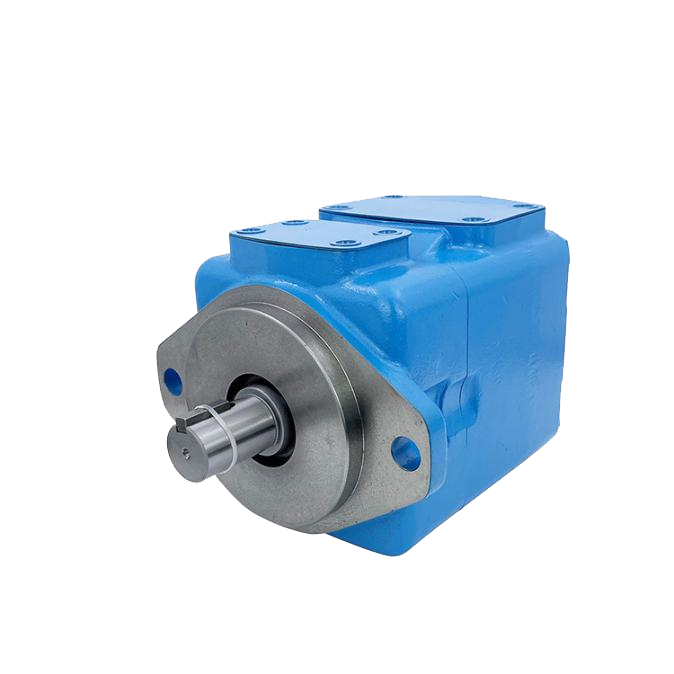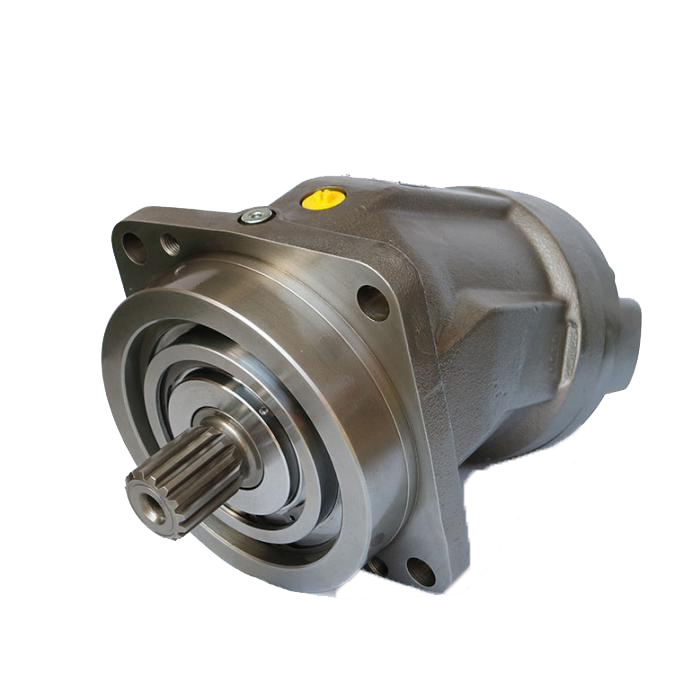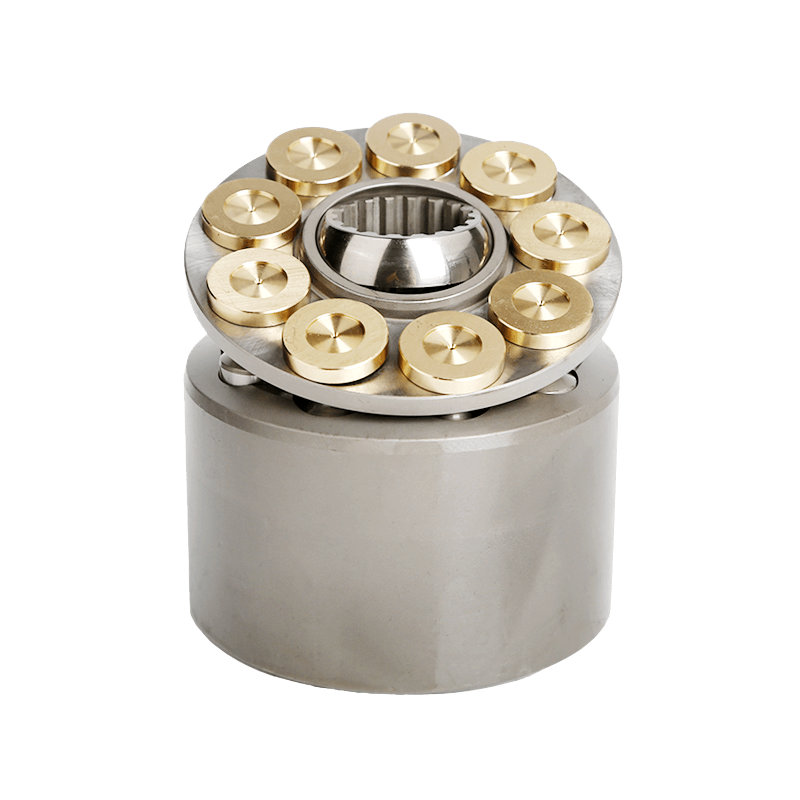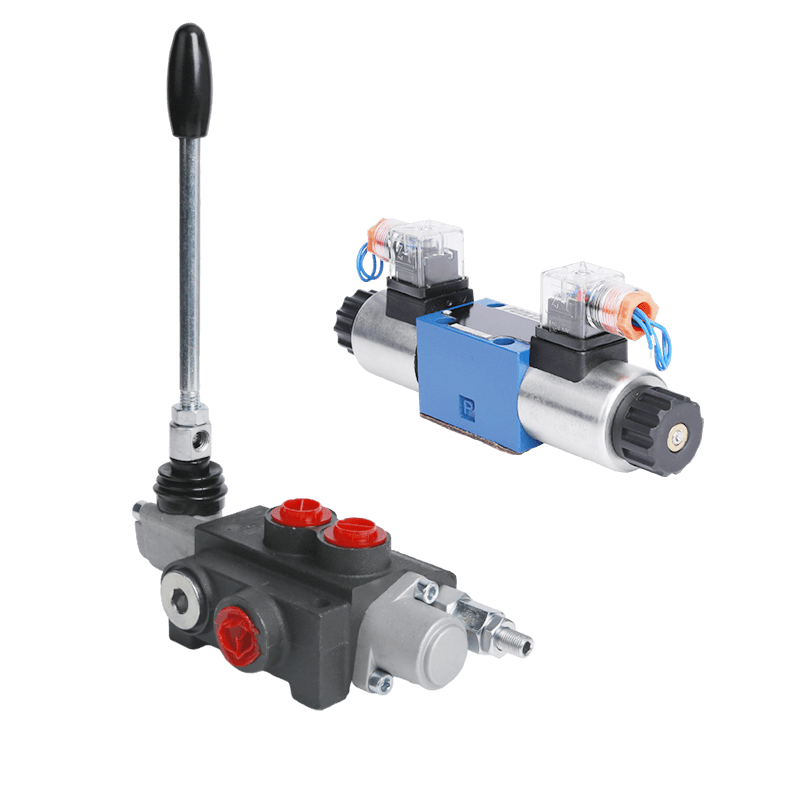Overview of a Two-Stage Hydraulic Pump
A two-stage hydraulic pump is a clever device built to provide different flow rates and pressure levels in a smart way. It uses two pumps to create high and low liquid flow rates, as well as high and low pressure, without needing extra power. This setup allows it to handle tough jobs while saving energy.
The pump has two gear sets: a bigger one for low pressure and high flow, and a smaller one for high pressure and low flow. At first, the large gear set moves fluid quickly at low pressure. When the system meets resistance, like when splitting a log or pressing debris, pressure builds up. Then, a combiner check valve opens and sends fluid to the second-stage, small-gear unit, combining flows at low pressure.

As pressure keeps growing, a load sensing pin triggers the unloading valve to open and the check valve to close. The fluid then flows only to the discharge port. This smart switching between stages ensures the pump uses just the right amount of power for the job.
Common Uses
Two-stage hydraulic pumps are common in industries needing both speed and strength. They are often found in log splitters and compactors. In log splitters, the first stage moves the splitting wedge fast until it hits resistance. Then, the second stage takes over with more pressure to finish the split.
Compactors also rely on two-stage hydraulic pump systems. In trash compactors or construction tools like trench rammers and vibrating plates, these pumps offer quick retraction with the low-pressure stage and strong compression with the high-pressure stage. This double function makes them perfect for tasks where speed and force matter.
One-Stage Versus Two-Stage Pumps
Knowing the difference between one-stage and two-stage pumps helps pick the right tool for a job. A one-stage pump has a motor that spins a single impeller to move fluid. It works best for low-pressure tasks needing steady high flow, like fluid transfer or lubrication systems.
On the other hand, a two-stage pump has a motor running two impellers to control flow and pressure. It’s great for jobs needing high pressure, like lifting or pressing, where changing force is needed. One-stage pumps are fine for simple tasks, but two-stage pumps are better for tougher jobs.
When to Use a Two-Stage Hydraulic Pump Over a Piston Pump

Choosing between a two-stage hydraulic pump and a piston pump depends on cost, performance, and job type. Piston pumps have two chambers with inlet and outlet valves or orifices. They keep steady output no matter the resistance, thanks to torque or horsepower limits.
However, piston pumps cost much more than two-stage pumps. Repairs or part replacements make them even pricier. They also use more fuel than gear-based pumps. Two-stage pumps need less fuel and power, making them great for tasks like log splitting, where fast cycles boost productivity. Unless a job needs very high speed or precision under changing loads, like in aerospace or CNC machining, a two-stage hydraulic pump gives better value.
How to Turn Off or Alternate a Two-Stage Pump
Switching modes in a two-stage hydraulic pump involves several parts working together. The check and unloader valves control the switch between stages.
The process works like this:
- Fluid is pulled from a reservoir into the large-gear unit, raising the gear housing’s pressure.
- When the first-stage pressure hits a certain level, a combiner check valve opens. It merges flows into the second stage.
- A load sensing pin makes the unloading valve open. This directs flow through one path only.
- A bit of fluid may go back to the load sensing pin. This allows real-time tweaks based on demand.
This cycle keeps energy use low while delivering performance suited to the task.
Partner with POOCCA for Hydraulic Pumps Customization

POOCCA Hydraulic (Shenzhen) Co., Ltd., started in 2006, offers full solutions for research, development, manufacturing, maintenance, and sales of hydraulic systems, including pumps, motors, valves, and more.
The company uses advanced manufacturing tools, like CNC gear grinders, coordinate measuring machines, and fully computer-controlled testing machines. This ensures reliable products for industries like construction machinery, injection molding machines, and metallurgy systems.
A team of over 300 professionals, including 70 skilled sales experts, provides custom consulting services tailored to unique needs. For businesses needing custom hydraulic systems, whether large orders or special designs, POOCCA offers great flexibility through its customization options.
Partnerships span over 100 countries, built on trust and quality. The company supports partners and works to advance the hydraulic industry.
FAQ
What makes two-stage hydraulic pumps energy-efficient?
They create high oil pressure at different flow rates without needing more power. This cuts fuel use compared to piston-based systems.
Are they suitable for continuous heavy-duty operations?
Yes. Their ability to switch between stages lets them handle changing loads well without overheating or overloading parts.
How to know if a two-stage model is needed over a single-stage one?
If a job needs both speed for approach and force for work, like wood splitting or metal forming, a two-stage model is best.
Can custom-built solutions be obtained?
Yes. POOCCA provides product customization services tailored to specific project needs, including packaging options if required.
What is POOCCA’s warranty policy?
All products come with a 12-month warranty. Maintenance support is available after sale through dedicated service teams.
Is international shipping offered?
Yes. Expedited international shipping options are available based on customer location and order urgency.
Partnering with an expert like POOCCA ensures long-term value through innovative, high-performance hydraulic solutions.

